"My God, I'm so tired," - complains one momanother on the playground. To the complaints the old women sitting beside on the bench listen. They do not say anything, they just look at her baby carriage (a real walking house on wheels) and sigh: "We would like this in our time!" "Do you remember our strollers? - connects to the dialogue another grandmother. - In the year 52 the husband of my neighbor from Germany brought. The real luxury was, as we envied her! "Luxury imported strollers were considered for a long time. And not only they. Now remember what happened to our mothers, marvel! After all, everyone had time, worked, brought up children, met the New Year. And they did not complain. We decided to look into the recent past and compare modern motherhood with what our moms and grandmothers were like.
Diapers
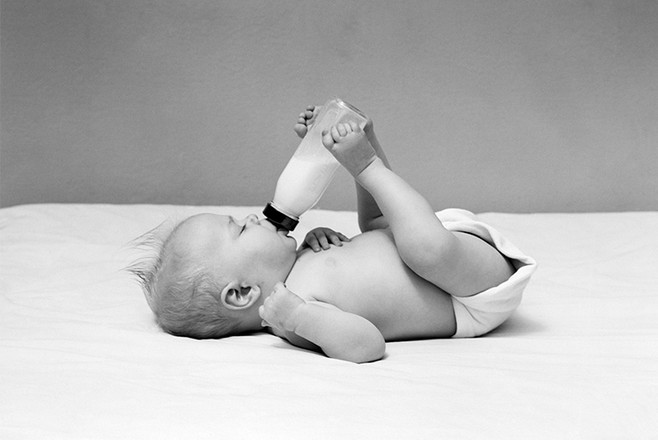
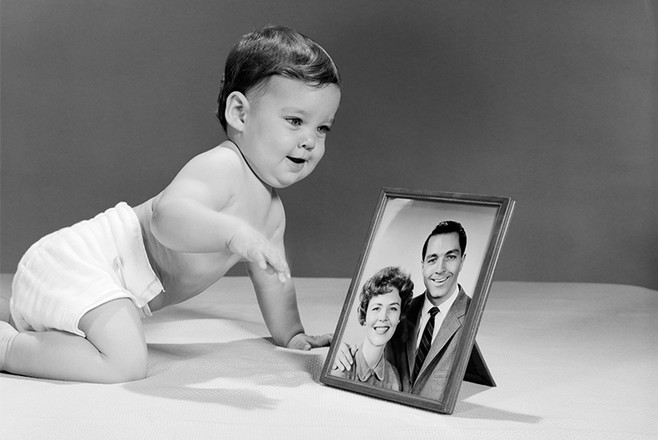 1/2The diapers were sewn from a double layer of gauzePhoto:Getty ImagesIn the West, diapers appeared in the 60s, in Russia - in the 90sPhoto: Getty ImagesDisposable diapers made the lives of young mothers much easier. We owe this invention to Marion Donovan, a famous literary scholar and mother of many children. She did not have enough time to care for her newborn daughter, so the resourceful Marion sewed waterproof baby panties from several oilcloths (later replaced with special absorbent paper) and shower curtains. A few years later, Victor Mills, using Donovan's idea, released the first diapers. This happened in 1961, but our mothers saw Pampers diapers only in the early 90s. Before that, they sewed gauze ones. By the way, in the 1960 book "Housekeeping" there is a special chapter dedicated to things for a newborn. Compared to modern children, the dowry of babies used to look pretty poor. Mothers were advised to stock up on 10 baby clothes, 6 blouses, 20 thin and 10 paper diapers, 4 bonnets (or 4 kerchiefs), several sheets and pillowcases, a warm and light blanket, duvet covers, a large oilcloth to cover the mattress, 2 smaller oilcloths (30 by 30 centimeters). Diapers were replaced by diapers folded into a triangle. They were sewn from a double layer of gauze.
1/2The diapers were sewn from a double layer of gauzePhoto:Getty ImagesIn the West, diapers appeared in the 60s, in Russia - in the 90sPhoto: Getty ImagesDisposable diapers made the lives of young mothers much easier. We owe this invention to Marion Donovan, a famous literary scholar and mother of many children. She did not have enough time to care for her newborn daughter, so the resourceful Marion sewed waterproof baby panties from several oilcloths (later replaced with special absorbent paper) and shower curtains. A few years later, Victor Mills, using Donovan's idea, released the first diapers. This happened in 1961, but our mothers saw Pampers diapers only in the early 90s. Before that, they sewed gauze ones. By the way, in the 1960 book "Housekeeping" there is a special chapter dedicated to things for a newborn. Compared to modern children, the dowry of babies used to look pretty poor. Mothers were advised to stock up on 10 baby clothes, 6 blouses, 20 thin and 10 paper diapers, 4 bonnets (or 4 kerchiefs), several sheets and pillowcases, a warm and light blanket, duvet covers, a large oilcloth to cover the mattress, 2 smaller oilcloths (30 by 30 centimeters). Diapers were replaced by diapers folded into a triangle. They were sewn from a double layer of gauze.
Carriages
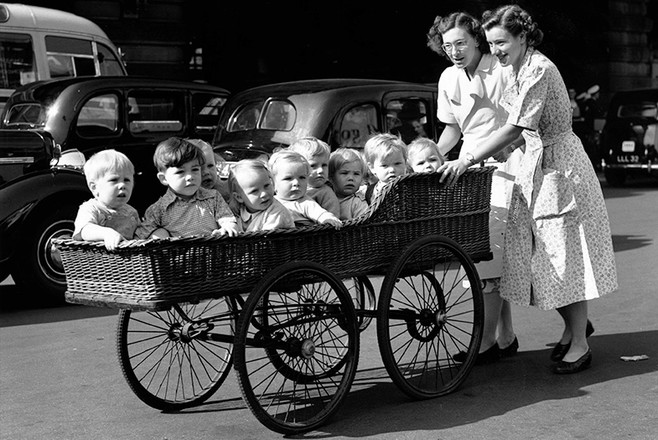
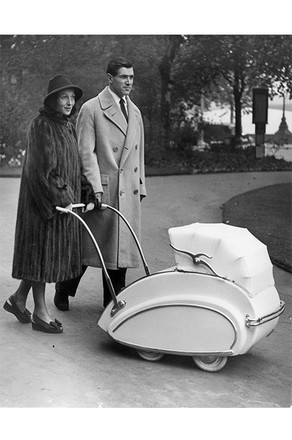
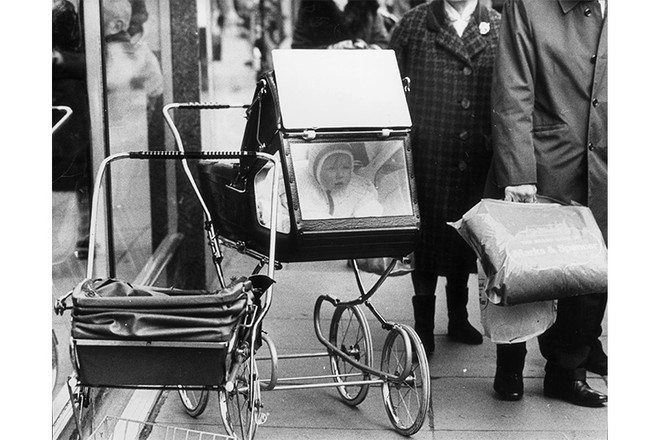
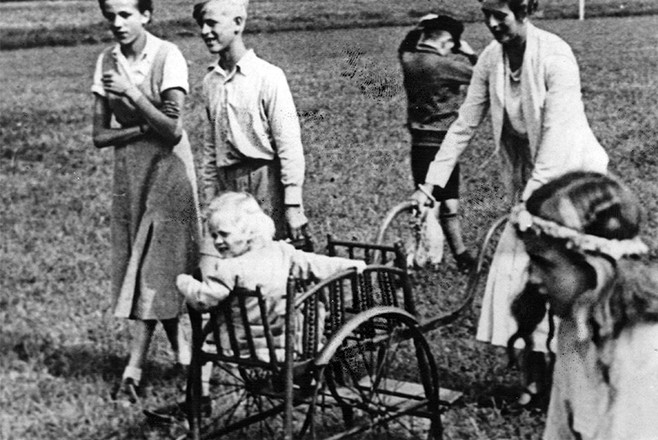
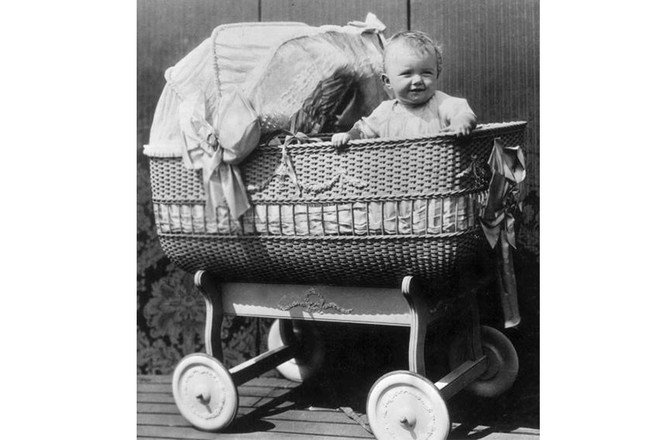
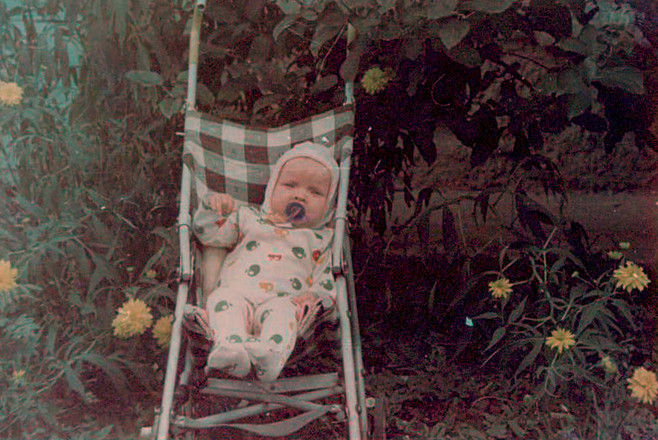
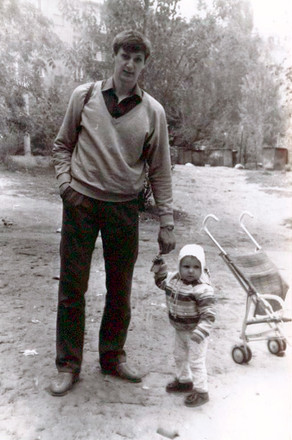
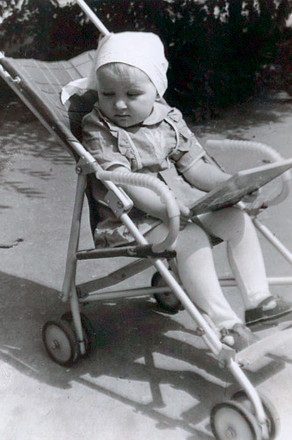
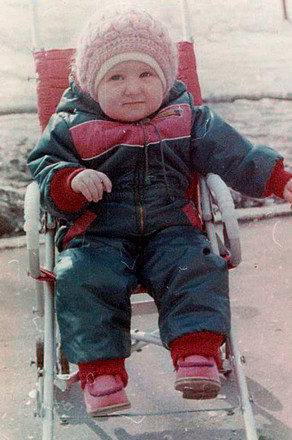
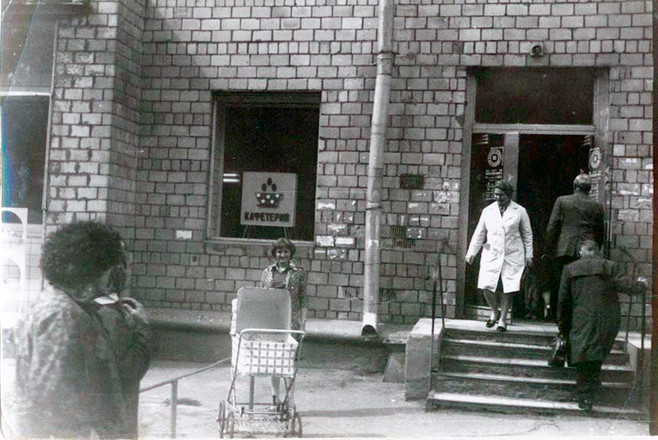 1/10Before, strollers were woven from wickerPhoto:Getty ImagesPhoto: Getty ImagesPhoto: Getty ImagesPhoto: Getty ImagesPhoto: Getty ImagesPhoto: Alexander SerikovPhoto: Alexander SerikovPhoto: Alexander SerikovPhoto: Alexander SerikovPhoto: Alexander SerikovStrollers began to appear in the USSR in the 50s and were considered a great luxury. How did people get by without them? They carried children in their arms. In winter, they rode them on sleds. There were craftsmen who wove strollers from vines and made them from wood. We owe the mass production of children's transport to party activist Sergo Ordzhonikidze. At his instigation, workshops began to open for the production of strollers, and by the 70s almost every baby had "wheels". They made life easier for young mothers, but not too much. Strollers were very heavy, unwieldy and uncomfortable. The ultimate dream was an imported stroller, which was considered a terrible deficit. They could only be obtained through great connections. And then the "loot" was guarded like the apple of an eye, passed down from generation to generation. And sometimes they were even bought by sharing the money for several families.
1/10Before, strollers were woven from wickerPhoto:Getty ImagesPhoto: Getty ImagesPhoto: Getty ImagesPhoto: Getty ImagesPhoto: Getty ImagesPhoto: Alexander SerikovPhoto: Alexander SerikovPhoto: Alexander SerikovPhoto: Alexander SerikovPhoto: Alexander SerikovStrollers began to appear in the USSR in the 50s and were considered a great luxury. How did people get by without them? They carried children in their arms. In winter, they rode them on sleds. There were craftsmen who wove strollers from vines and made them from wood. We owe the mass production of children's transport to party activist Sergo Ordzhonikidze. At his instigation, workshops began to open for the production of strollers, and by the 70s almost every baby had "wheels". They made life easier for young mothers, but not too much. Strollers were very heavy, unwieldy and uncomfortable. The ultimate dream was an imported stroller, which was considered a terrible deficit. They could only be obtained through great connections. And then the "loot" was guarded like the apple of an eye, passed down from generation to generation. And sometimes they were even bought by sharing the money for several families.
Wash
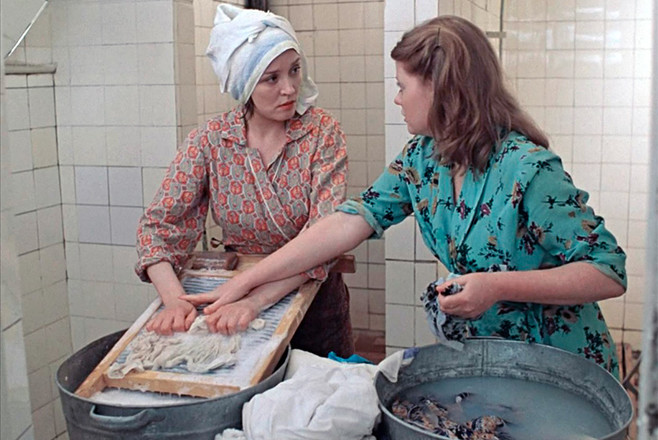
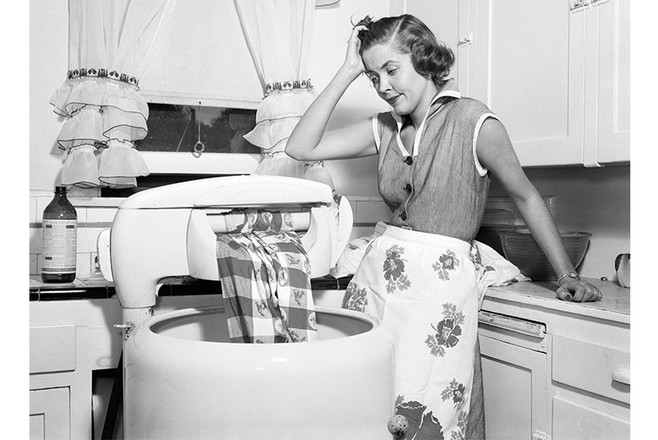 1/2Photo:Still from the film "Moscow Does Not Believe in Tears"Photo: Getty ImagesOh, that's a whole other story. Remember those monsters from our childhood? They roared, gurgled, splashed, chewed and tore the laundry, and you had to wring it out by spinning the sheets between two tight rubber rollers. These machines couldn't heat, drain or rinse water either. But even these machines were a blessing! With their advent, women unanimously said, "This is freedom!"Previously, they washed with a beater roller. This required a lot of effort. Powder was replaced with steamed ash. Elderberry or lemon juice was used instead of soap. To bleach the laundry, they soaked it in milk or potato broth. Greasy stains were removed with chalk or kerosene. Then laundry soap appeared. They soaked the laundry in it and then washed it on a board. It was sheer torture. Steamed hands with skinned knuckles, aching back, you don’t even want to think about your nails… Then boiling. Heavy buckets with soap solution and linen were placed on the stove. At this point, the apartment turned into a real bathhouse. After boiling, they started rinsing – in ice water, of course. To make sure that the linen was not only crystal clear but also crispy, they used starch. All this took the whole day, or even the whole weekend. Progress burst into the life of a Soviet woman with the advent of synthetic detergents. The first washing powder called “Novost” was released in 1953. In the 50s, “electronic laundresses” began to appear. They were produced by the Riga RES plant. It was then that posters from the series “Let the road to the trough be closed, with big steps to the washing machine” came into fashion. Since then, everything has changed. While the machine quietly purrs, washing the laundry, you can do whatever you want. For example, sleep.
1/2Photo:Still from the film "Moscow Does Not Believe in Tears"Photo: Getty ImagesOh, that's a whole other story. Remember those monsters from our childhood? They roared, gurgled, splashed, chewed and tore the laundry, and you had to wring it out by spinning the sheets between two tight rubber rollers. These machines couldn't heat, drain or rinse water either. But even these machines were a blessing! With their advent, women unanimously said, "This is freedom!"Previously, they washed with a beater roller. This required a lot of effort. Powder was replaced with steamed ash. Elderberry or lemon juice was used instead of soap. To bleach the laundry, they soaked it in milk or potato broth. Greasy stains were removed with chalk or kerosene. Then laundry soap appeared. They soaked the laundry in it and then washed it on a board. It was sheer torture. Steamed hands with skinned knuckles, aching back, you don’t even want to think about your nails… Then boiling. Heavy buckets with soap solution and linen were placed on the stove. At this point, the apartment turned into a real bathhouse. After boiling, they started rinsing – in ice water, of course. To make sure that the linen was not only crystal clear but also crispy, they used starch. All this took the whole day, or even the whole weekend. Progress burst into the life of a Soviet woman with the advent of synthetic detergents. The first washing powder called “Novost” was released in 1953. In the 50s, “electronic laundresses” began to appear. They were produced by the Riga RES plant. It was then that posters from the series “Let the road to the trough be closed, with big steps to the washing machine” came into fashion. Since then, everything has changed. While the machine quietly purrs, washing the laundry, you can do whatever you want. For example, sleep.
Bathing
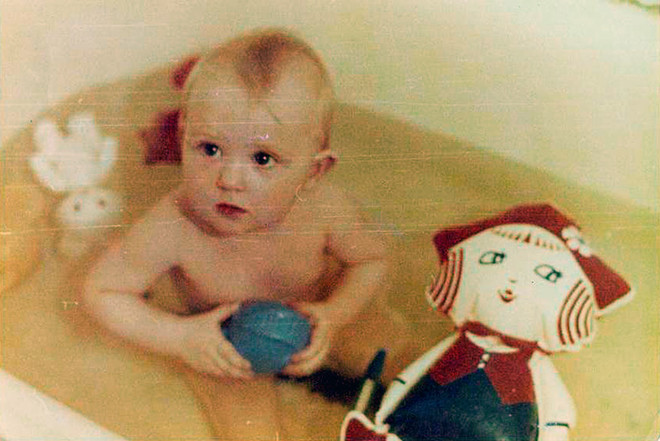 A photo: Alexander Serikov Today, swimming is one of the favorite entertainments for kids. A real ritual. And how many invented different accessories for water procedures! From the first years of life, the baby in the bathroom has his own shelf with shampoos, woolcloths in the form of heroes of fairy tales, bright circles and a special chair for bathing. A special place is occupied by toys: rubber ducks, dolphins with motors, waterproof books with funny pictures, etc. In Soviet times, the bathing process did not look like a game, but as a necessity. Of the attributes acquired a wash basin, a cup for washing, a baby soap and a jug with a lid. A tray or a basin was placed on a stable stand, on the right hand on a table or stool, soap and a jug of water were prepared for pouring. The duration of bathing procedures took no more than 7 minutes. From children's cosmetics used only cream and talcum powder. Sometimes a decoction of herbs was added to the bathing water (oak bark and celandine were popular).
A photo: Alexander Serikov Today, swimming is one of the favorite entertainments for kids. A real ritual. And how many invented different accessories for water procedures! From the first years of life, the baby in the bathroom has his own shelf with shampoos, woolcloths in the form of heroes of fairy tales, bright circles and a special chair for bathing. A special place is occupied by toys: rubber ducks, dolphins with motors, waterproof books with funny pictures, etc. In Soviet times, the bathing process did not look like a game, but as a necessity. Of the attributes acquired a wash basin, a cup for washing, a baby soap and a jug with a lid. A tray or a basin was placed on a stable stand, on the right hand on a table or stool, soap and a jug of water were prepared for pouring. The duration of bathing procedures took no more than 7 minutes. From children's cosmetics used only cream and talcum powder. Sometimes a decoction of herbs was added to the bathing water (oak bark and celandine were popular).
Sleep
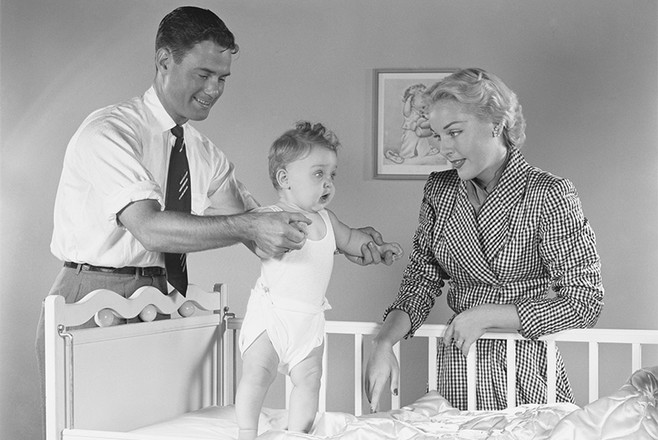
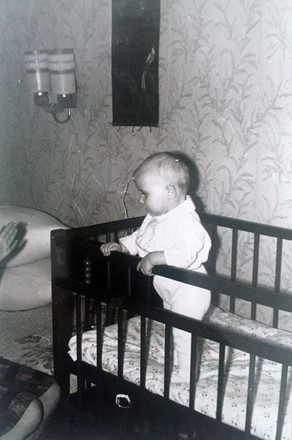 1/2Photo: Getty ImagesPhoto:Alexander SerikovA baby crib is always at the top of the list of necessary things. Today, you can get lost in stores that sell children's furniture. What varieties of cribs have not been invented: a cradle, a crib in the form of a car, a transformable bed, a playpen bed. They offer cribs with wheels and in the form of a rocking chair. Children who were born in Soviet times faced a shortage from the cradle. It was not easy to get a crib, so they often made them themselves. It's good that in labor classes at that time they taught how to make furniture. The cribs were simple: no canopies, carved bars and other beauties. The main task of the carpenter: to make the sleeping place comfortable for the newborn. Nothing more.
1/2Photo: Getty ImagesPhoto:Alexander SerikovA baby crib is always at the top of the list of necessary things. Today, you can get lost in stores that sell children's furniture. What varieties of cribs have not been invented: a cradle, a crib in the form of a car, a transformable bed, a playpen bed. They offer cribs with wheels and in the form of a rocking chair. Children who were born in Soviet times faced a shortage from the cradle. It was not easy to get a crib, so they often made them themselves. It's good that in labor classes at that time they taught how to make furniture. The cribs were simple: no canopies, carved bars and other beauties. The main task of the carpenter: to make the sleeping place comfortable for the newborn. Nothing more.
Food
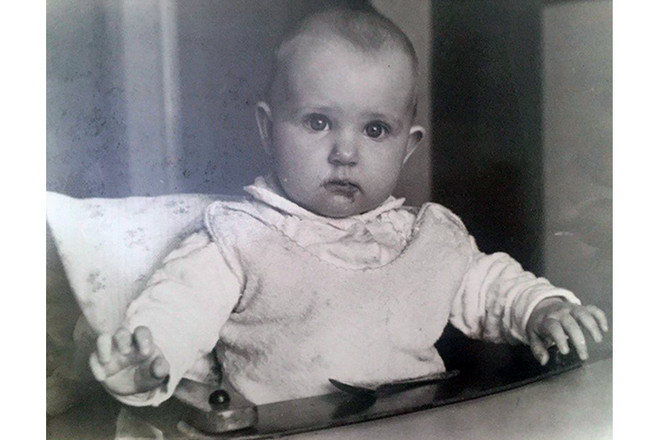
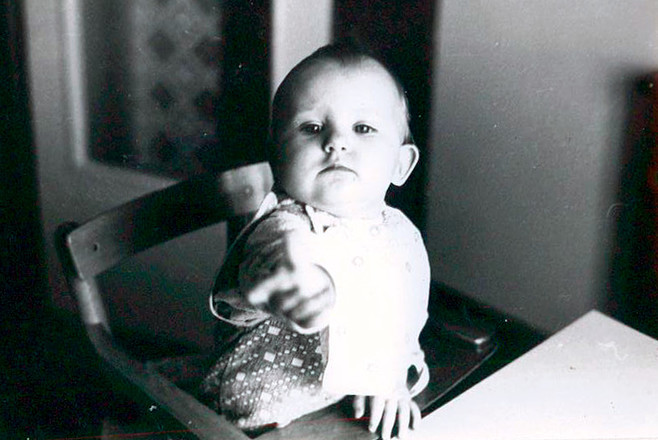
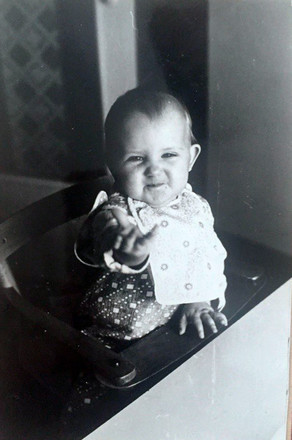 1/3Photo: Alexander SerikovPhoto:Alexander SerikovPhoto: Alexander SerikovToday, store shelves are simply littered with all sorts of bottles, bags, boxes and jars of baby food. Our mothers easily did without all this kitchen. Of the additives, the only one recognized was fish oil, it was given from 2-3 months in winter and autumn. Also, from 2 months, fruit and vegetable juices were prepared. Weaning began with a few drops and over 2-3 weeks, the portion was increased to 2 teaspoons. The recipe for such juice is simple. Thoroughly washed ripe fruits or vegetables were mashed in a clean dish or grated on a fine grater and squeezed through cheesecloth. Such a drink could be stored for only a day. They also did without sterilizers. They were replaced by boiling. The process took place in this way: milk was poured into clean bottles, plugged with clean cotton wool and placed in a saucepan. A rag was placed on the bottom of the pan and water was poured in to the level of milk in the bottles. After 5-10 minutes, after the water boiled (possibly sooner), the bottles were cooled and stored at a temperature no higher than 10 degrees Celsius. Nobody knew about electric breast pumps and milk freezing bags back then either. A midwife or a nurse taught a young mother how to express milk. Or her own mother - which is more likely. Every year, the dowry of a newborn increases. Homemade wooden horses and a playpen were replaced by electronic swings in which you can sleep, play and even eat. Instead of an alarm clock, a smart baby monitor appeared, and bottles of milk can now heat up themselves. This happens due to the reaction of salt and water during cartridge activation. Smart watches or special "Mother and Child" bracelets will always tell you where a restless child has run off to. There are even thermal spoons that change color if the food is still hot. Remember how in childhood mothers made children blow on a spoon with soup several times before putting it in their mouth. They even came up with a special so-called rocker. It is attached to the handle of a baby carriage, and thanks to the built-in battery, the process of lulling the baby begins. Modern gadgets sing lullabies, read books, measure temperature. And recently, Spanish scientists invented an electronic cry translator. The device can tell you why the baby is upset: he is simply bored or has a toothache. All these modern inventions become a little scary. There is something that no ultra-fashionable gadget can replace. Mom's care, mom's voice, the warmth of mom's hands. Still, trust miracle helpers with cleaning the house, and not with raising a child.
1/3Photo: Alexander SerikovPhoto:Alexander SerikovPhoto: Alexander SerikovToday, store shelves are simply littered with all sorts of bottles, bags, boxes and jars of baby food. Our mothers easily did without all this kitchen. Of the additives, the only one recognized was fish oil, it was given from 2-3 months in winter and autumn. Also, from 2 months, fruit and vegetable juices were prepared. Weaning began with a few drops and over 2-3 weeks, the portion was increased to 2 teaspoons. The recipe for such juice is simple. Thoroughly washed ripe fruits or vegetables were mashed in a clean dish or grated on a fine grater and squeezed through cheesecloth. Such a drink could be stored for only a day. They also did without sterilizers. They were replaced by boiling. The process took place in this way: milk was poured into clean bottles, plugged with clean cotton wool and placed in a saucepan. A rag was placed on the bottom of the pan and water was poured in to the level of milk in the bottles. After 5-10 minutes, after the water boiled (possibly sooner), the bottles were cooled and stored at a temperature no higher than 10 degrees Celsius. Nobody knew about electric breast pumps and milk freezing bags back then either. A midwife or a nurse taught a young mother how to express milk. Or her own mother - which is more likely. Every year, the dowry of a newborn increases. Homemade wooden horses and a playpen were replaced by electronic swings in which you can sleep, play and even eat. Instead of an alarm clock, a smart baby monitor appeared, and bottles of milk can now heat up themselves. This happens due to the reaction of salt and water during cartridge activation. Smart watches or special "Mother and Child" bracelets will always tell you where a restless child has run off to. There are even thermal spoons that change color if the food is still hot. Remember how in childhood mothers made children blow on a spoon with soup several times before putting it in their mouth. They even came up with a special so-called rocker. It is attached to the handle of a baby carriage, and thanks to the built-in battery, the process of lulling the baby begins. Modern gadgets sing lullabies, read books, measure temperature. And recently, Spanish scientists invented an electronic cry translator. The device can tell you why the baby is upset: he is simply bored or has a toothache. All these modern inventions become a little scary. There is something that no ultra-fashionable gadget can replace. Mom's care, mom's voice, the warmth of mom's hands. Still, trust miracle helpers with cleaning the house, and not with raising a child.









